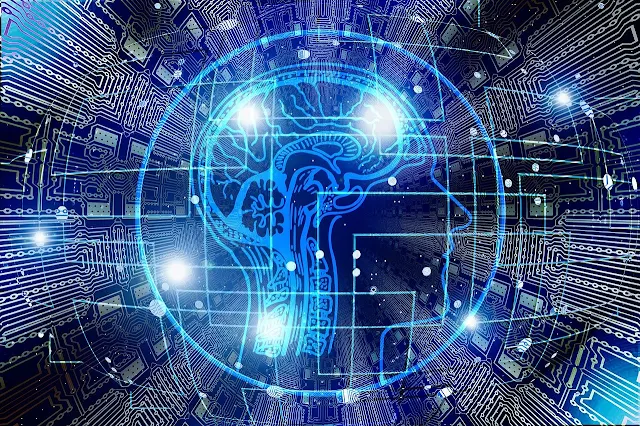
Artificial intelligence (AI) is the human-like intelligence of the machine. An ability to think and predict like humans but based on the data it is fed. Machine learning helps AI to be able to operate as humans. AI uses previously occurred data and a series of algorithm to be able to make predictions. AI has opened so many doorways for technological development and has truly paved the way for advancements in today’s world. Some people are threatened with the machine’s ability to perform like humans thinking that it can take over the human world, but it is fiction. AI cannot progress or function without human interference. AI technology has sped up the world, made more jobs for humans, enhanced the lifestyle, and has encouraged human interactions. In this blog, we will discuss the importance of AI and some of its technology use cases that it has revamped.
What is Machine Learning
Machine learning is an application of artificial intelligence. This allows the technology to learn from the historical data and then improve from the experience without being properly programmed every time. The main focus of machine learning is the development of computer programs that acquire data and then use that data to learn and make predictions.AI learns from the process of observation for instance direct experience or given instructions. This then allows it to look for patterns in the data so that future decisions are improved. The main aim is to make it possible for a computer to learn automatically without 24/7 human assistance.
With the new technologies and big data at play, machine learning is not like it used to be. It was based on pattern recognition in the past with the theory that computers can be given the ability to learn and perform specific tasks without being programmed every time. The researchers and academics were interested to find out if the computers could learn from the data. Now whenever the machine is exposed to the new data, the data becomes the training model for the machine and the machine is able to adapt to it. The science of this technology dates back but it has been revamped over the years. Let us now talk about some of the important use cases of AI technology.
The Use Cases of Artificial Intelligence
AI is now being used in every industry. All the smart technology is powered by AI and everything in this world is embracing digital transformation. AI has changed the way of living now. Everything can be done within a second with minimal effort. Let us discuss some of the industries that are based on AI.Digital Identity Verification
Identity theft and identity related-fraud are growing due to digital development. The fraud has become more sophisticated and less physical. This is why in order to curb digital fraud, it is necessary to use AI technology to ensure that fraud does not occur. This is exactly what the digital identity verification industry is doing. Online identity verification solution based on AI is the best way to survive the identity frauds. It allows the verification of simple ID documents to MRZ/QR code scanning to ensure that no fraudster is presenting stolen or forged documents. Not only the authenticity of the document but the identity, age, address of the end-user is verified as well. This has made so many businesses more secure no including the healthcare sector and gaming industry. Machine learning and AI makes the process more effective, accurate, and efficient.Biometric Certification
The AI for biometric is trained with the different and unique biological features of an individual. This way the machine is able to identify the person based on the biological features that are unique to them only. The identifiers include the iris of the eye, fingerprints, thumbprints, voice, facial features, etc. Biometric is used by various industries as security measures including law enforcement agencies, the education sector, offices, home automation, and government organizations. The most recent and growing type of biometric is face verification that uses AI to analyze the face of the person through 3D liveness detection and 3D depth perception and verify the person’s identity. It can also detect any kind of spoof attack including 2D or 3D face masks. AI makes the whole biometric face and identity verification process reliable and hassle-free.OCR
OCR or Optical Character Recognition is another developing technology based on AI that is used for data extraction. Automated data extractions have eased the data entry operations for the business entities. The AI-powered OCR is fed an algorithm to understand the document types so it can extract the document more accurately. The AI-based OCR can extract data in different languages and can even extract data from its handwritten form and transform it into its digital form. Intelligent character recognition is the AI-powered OCR technology that has revamped the data extraction technique.- AI-powered OCR use the following techniques to process the data
- Pre-processing
- Data Extraction
- Post-processing
